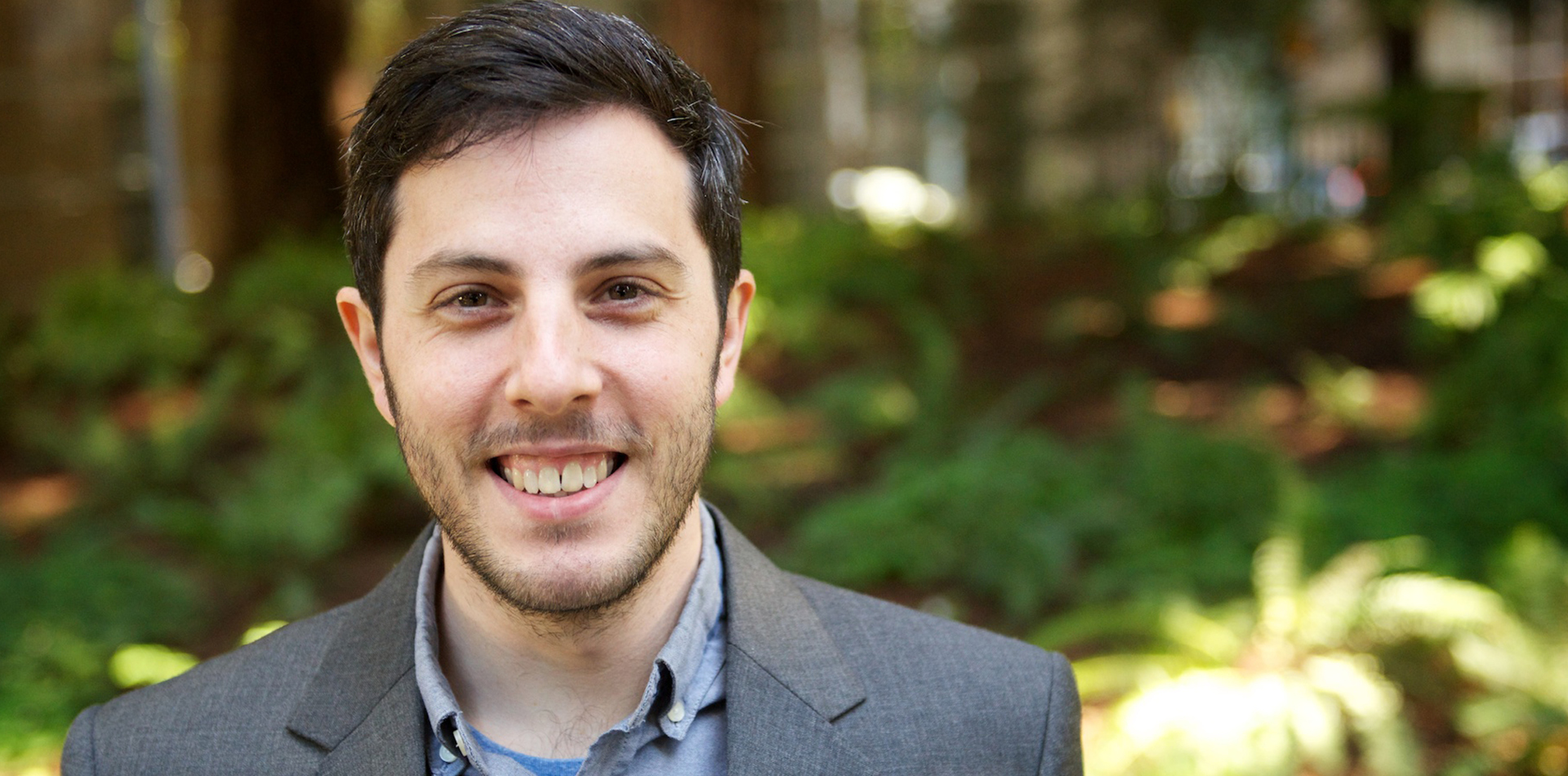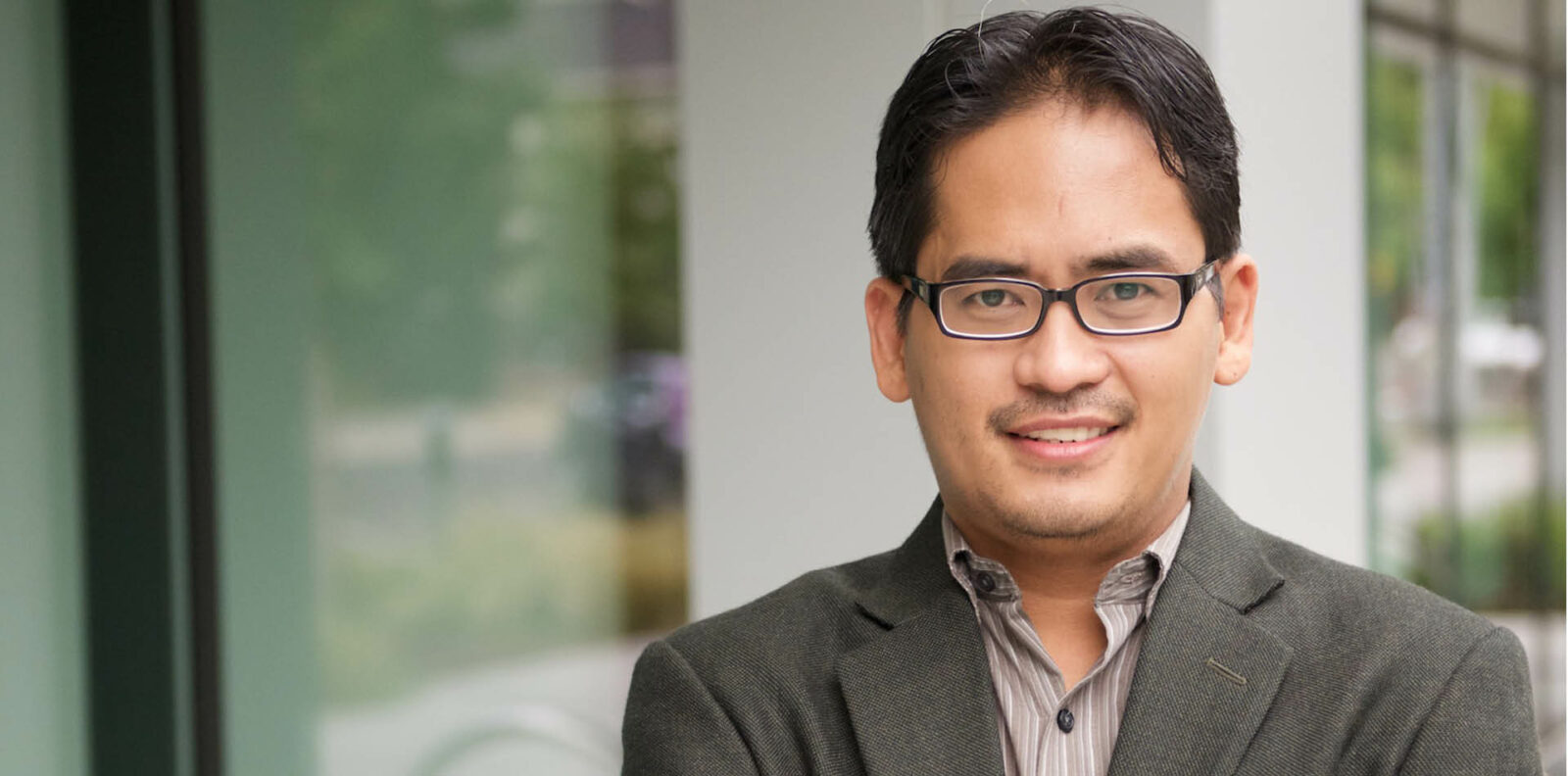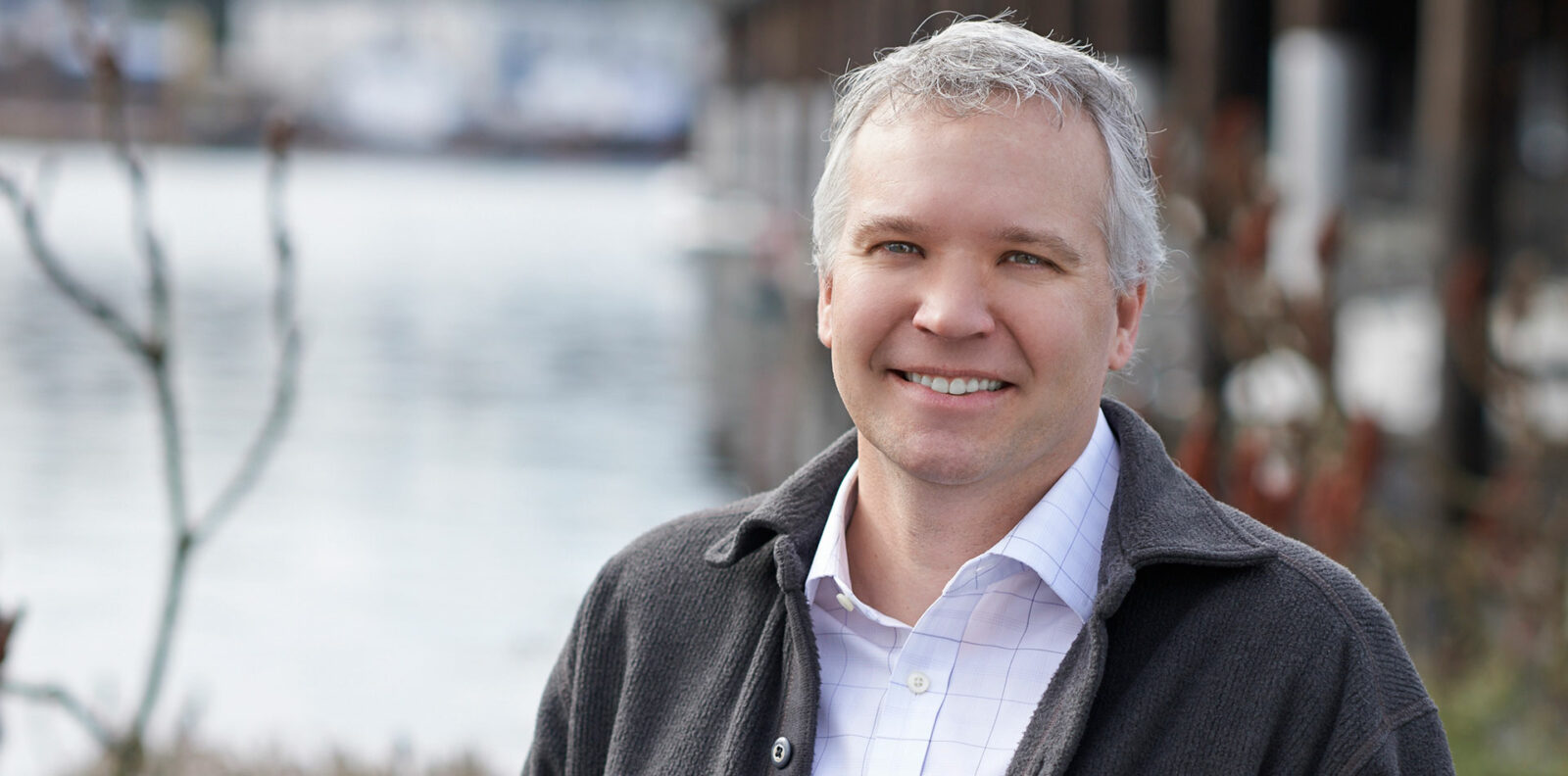James is a project manager, engineer, and hydrologist with a focus on hydrologic and hydraulic analysis and a specialization in modeling. He also does work in quantifying the impacts of climate change on hydrologic processes.
1. What is your favorite ESA moment/memory so far?
Retreats and mass non-work related gatherings have been great ways to get to know people across offices and departments and enjoy a shared experience.
2. What does it mean to you to be part of an employee-owned company?
I see mutual success between the company and the employees as a key driver for performing well and bringing in/participating in diverse and interesting work.
3. What has been your favorite job in your career and why?
I’ve worked with ESA (originally as part of PWA) since graduating from my master’s program at Cal and I’m lucky to say that much of my core team has stayed intact since then. Thus, working at ESA has been my favorite job by default, which shouldn’t diminish how great of an experience it’s been.
4. What keeps you coming to work here at ESA every day?
I get to work in a wide array of natural environments answering challenging technical questions that advance the science and practice.
5. What is your hidden or special talent(s)?
I’m somewhat musical, specializing in the guitar, banjo, and a bit of piano.
6. What’s your favorite thing to do when you are out of the office?
Travel and explore locally with my family.
7. If you had one free hour each day, how would you use it?
Reading a great novel.
8. What are three skills that you bring to the ESA team? In other words, what should colleagues know to reach out to you about?
- All things hydrology and hydraulics
- Flood management
- Climate change and hydrology
9. In a nutshell, what kind of work does your team do?
We provide quantitative technical analysis, modeling, and other assessment work for natural aquatic systems in support of restoration and flood management.
10. What’s been your favorite project to work on here at ESA and what impact did it have on the community and/or environment?
I have many favorites, though a recent favorite might be the Lower Sonoma Creek Baylands Strategy which we worked on for the Sonoma Land Trust. The project developed a vision for restoring tidal marsh and upland habitat on one of the largest undeveloped segments of the bay. If implemented it would convert thousands of acres of aging farmland into tidal marsh, provide a major natural resource for mitigating sea level rise impacts and provide the potential for recreational access in the future.
11. In relation to the work you do, what’s one thing people can do in their everyday lives that can help create a more sustainable future?
Advocate for reduced use of carbon and plastics at industrial levels.
12. Have you had the opportunity to work on any career-defining projects?
I did work on an expert witness project for the City of Merced who had been impacted by a major flood in 2006. It meant weeks of sitting in Jeff Haltiner’s office learning how to conduct analysis that would be as airtight as possible and anticipating how outside experts might challenge it. Jeff was the co-founder of Philip Williams and Associates and an amazing hydrologist and mentor. Needless to say, I learned an enormous amount during that time which helps me keep my work high-quality and provide similar guidance to others.







